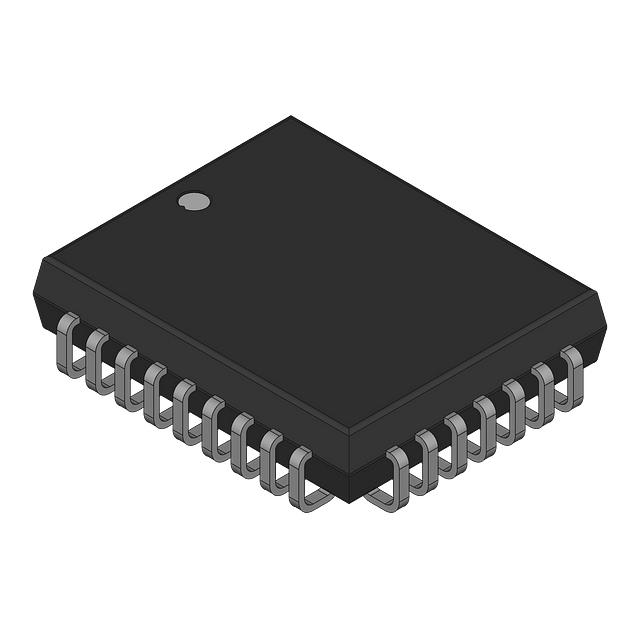SN74ACT7200L15RJR
Manufacturer No:
SN74ACT7200L15RJR
Manufacturer:
Description:
IC FIFO ASYNC 256X9
Datasheet:
Delivery:





Payment:




In Stock : 36750
Please send RFQ , we will respond immediately.









SN74ACT7200L15RJR Specifications
-
TypeParameter
-
Supplier Device Package-
-
Package / Case-
-
Mounting Type-
-
Operating Temperature-
-
Expansion Type-
-
Bus Directional-
-
Current - Supply (Max)-
-
Voltage - Supply-
-
Access Time-
-
Data Rate-
-
Function-
-
DigiKey ProgrammableNot Verified
-
PackagingBulk
-
Product StatusActive
-
Series*
The SN74ACT7200L15RJR is a specific model of integrated circuit chip manufactured by Texas Instruments. It is a 16-bit synchronous binary counter with asynchronous clear. Some of the advantages and application scenarios of this chip are as follows:Advantages: 1. High-speed operation: The SN74ACT7200L15RJR chip operates at a high clock frequency, making it suitable for applications that require fast counting or timing functions. 2. Synchronous operation: The chip has synchronous inputs and outputs, which means that all the flip-flops within the chip are clocked simultaneously. This ensures accurate and synchronized counting. 3. Asynchronous clear: The chip has an asynchronous clear input that allows the counter to be reset to a specific value at any time, independent of the clock signal. 4. Low power consumption: The SN74ACT7200L15RJR chip is designed to operate at low power levels, making it suitable for battery-powered devices or applications where power efficiency is important.Application scenarios: 1. Frequency division: The chip can be used to divide the frequency of an input signal by a specific factor. This is useful in applications such as clock generation, frequency synthesis, or frequency division multiplexing. 2. Timing and synchronization: The synchronous operation of the chip makes it suitable for applications that require precise timing or synchronization, such as digital communication systems, data acquisition systems, or digital signal processing. 3. Event counting: The chip can be used to count the number of events or pulses that occur within a specific time period. This is useful in applications such as event counters, frequency meters, or tachometers. 4. Control and sequencing: The chip can be used to control or sequence the operation of other devices or systems. It can be used in applications such as programmable logic controllers (PLCs), industrial automation, or digital control systems.It is important to note that the specific advantages and application scenarios may vary depending on the requirements and specifications of the overall system in which the chip is used.
SN74ACT7200L15RJR Relevant information
-
72V3613L12PFG
Renesas Electronics America Inc -
723641L20PFGI
Renesas Electronics America Inc -
72131L35P
Renesas Electronics America Inc -
72V3642L15PFGI8
Renesas Electronics America Inc -
72V3642L15PFGI
Renesas Electronics America Inc -
723641L20PFGI8
Renesas Electronics America Inc -
CD40105BKMSR
Renesas Electronics America Inc -
CD40105BHSR
Renesas Electronics America Inc -
CD40105BDMSR
Renesas Electronics America Inc -
CD40105BF3A
Texas Instruments







